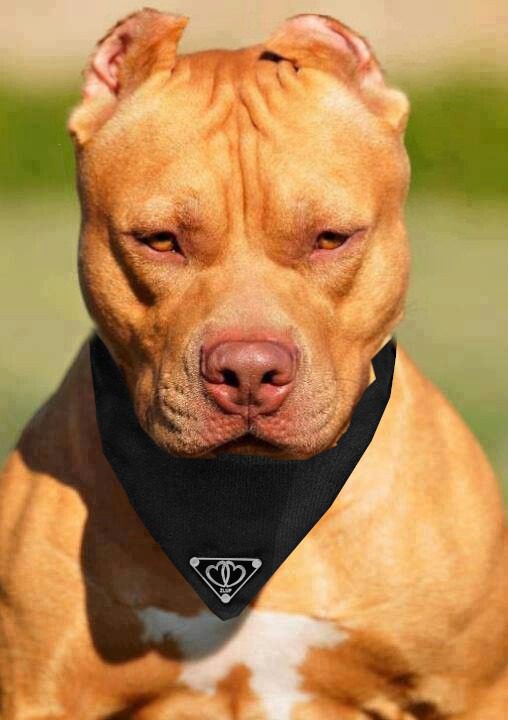
Dogs have been cherished companions to humans for centuries, earning titles such as “man’s best friend” for their loyalty, affection, and diverse range of breeds. However, the notion of a “devil’s dog” has persisted in folklore, literature, and popular culture, often associating certain breeds with an intimidating or sinister appearance. In this article, we will explore the factors that contribute to a dog being perceived as a “devil’s dog” and debunk the myths surrounding these canine companions.
- Breed Stereotypes:
One of the primary reasons certain dogs are labeled as “devil’s dogs” is the perpetuation of breed stereotypes. Breeds like the Doberman Pinscher, Rottweiler, and Pit Bull are often unfairly stigmatized due to their strong physical attributes and historical roles in guarding or protection. In reality, these breeds, like any other, can be loving and well-behaved when properly trained and socialized.
- Physical Characteristics:
Dogs labeled as “devilish” are often those with distinctive physical characteristics that people associate with a menacing appearance. For example, pointy ears, a muscular build, and a dark or unusual coat color may contribute to this perception. However, it’s important to remember that a dog’s appearance does not necessarily reflect its temperament or behavior.
- Media Influence:
Movies, television shows, and other forms of media have played a significant role in shaping public perceptions of certain dog breeds. The portrayal of large, muscular dogs as aggressive or dangerous in popular media can contribute to the misconception that they are inherently “devilish.” Responsible media representation and education can help dispel these stereotypes.
- Lack of Education:
A lack of understanding about dog behavior, training, and breed characteristics can contribute to the mislabeling of certain dogs. Education is key to dispelling myths and promoting responsible ownership. Dogs, regardless of breed, require proper training, socialization, and care to thrive as well-behaved companions.
- Individual Variation:
Just as humans have diverse personalities, dogs within the same breed can vary widely in temperament. It is essential to recognize the individuality of each dog and avoid making generalizations based on breed alone. Factors such as genetics, environment, and upbringing all play crucial roles in shaping a dog’s behavior.
While the concept of a “devil’s dog” may persist in popular culture, it is crucial to recognize that such labels are often rooted in misinformation and prejudice. Responsible dog ownership, proper training, and education are the keys to fostering positive relationships between humans and their canine companions. By dispelling myths and promoting a better understanding of dog behavior, we can celebrate the diversity and individuality of all dogs, regardless of their appearance or breed.
